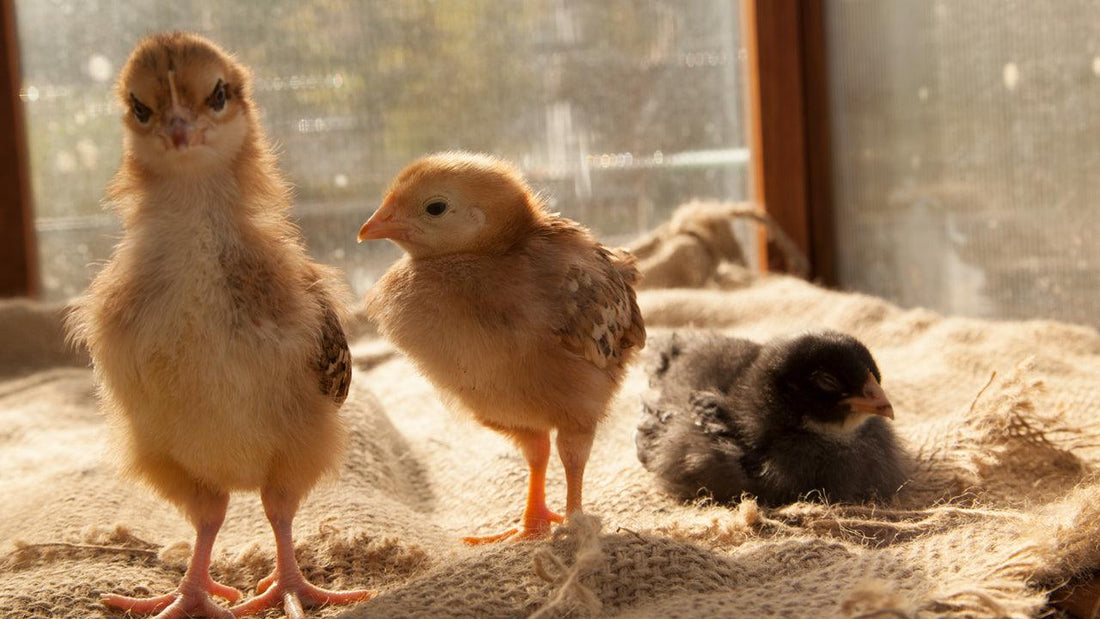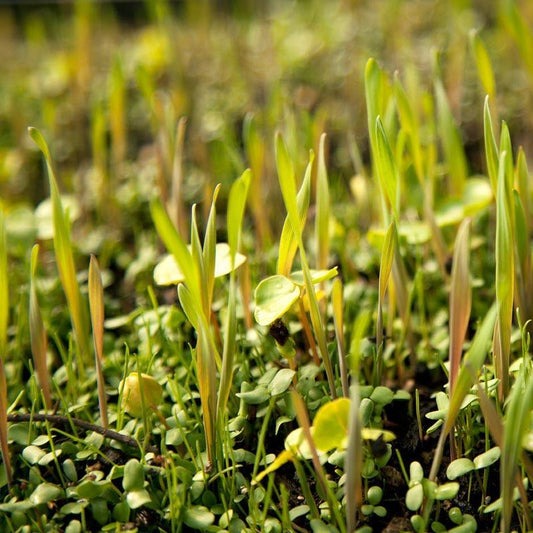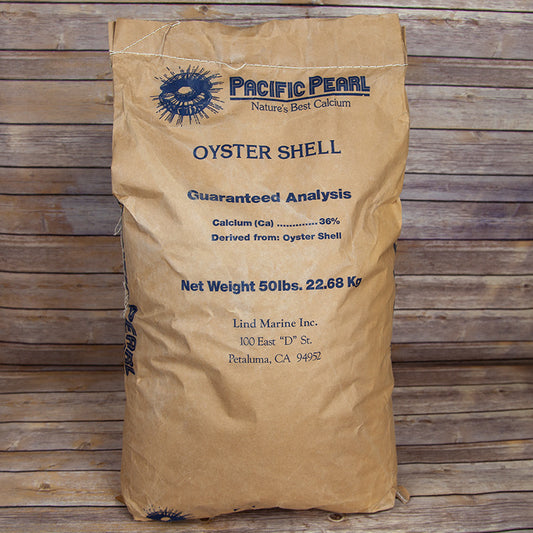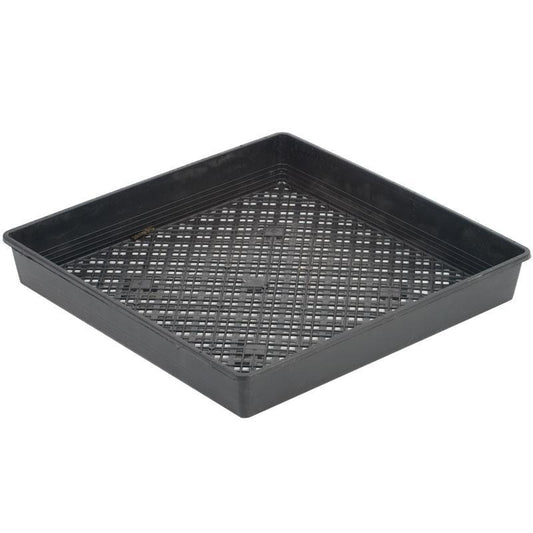Raising Baby Chicks: A Complete Guide to Housing, Feeding & Care
Thinking about starting or expanding your backyard flock? Raising baby chicks is one of the most rewarding parts of backyard chicken care, and with the right setup, you’ll have healthy, productive birds for years to come. This guide walks you through every step—from chick brooder setup and safe heat sources to feeding, nutrition, and foraging—so you can give your chicks the best start possible.
Getting the Most Out of Your Hen-vestment
Before bringing home chicks, decide what type of flock you want. How many laying hens you choose depends on how many farm-fresh eggs your household uses. At their peak, a healthy hen lays three to seven eggs per week, with production increasing when daylight is longer and decreasing when daylight is shorter.
If you’d like both eggs and meat, consider dual-purpose chicken breeds such as Rhode Island Reds or Buff Orpingtons, which produce plenty of eggs and grow into meaty birds.
Egg color is another fun consideration:-
Green or blue eggs: Olive Eggers, Easter Eggers, Ameraucanas, Cream Legbars, Araucanas, Isbars
-
White eggs: Blue Andalusians, Leghorns
-
Chocolate-brown eggs: Marans, Welsummers, Barnevelders
-
Creamy white with pink tint eggs: Salmon Faverolles, Orpingtons, Silkies
-
Light-brown eggs: Barred Rocks, Dominiques, Rhode Island Reds,
Chick Brooder Setup: Home Sweet Home for Your Flock
Before your chicks arrive, prepare their brooder—a safe, warm, enclosed space for baby chick care during the first 6 weeks. For chicks under six weeks old, allow at least one square foot per chick to prevent crowding, which can cause injuries or illness.
A chicken brooder box can be a large cardboard box, plastic tub, or livestock water trough—just make sure it’s warm, draft-free, and predator-proof (including from pets).
Brooder essentials:
- Bedding: Wood shavings or similar—avoid newspapers or slippery surfaces, which can cause leg problems.
- Water: A chick-safe waterer, cleaned and refilled often.
- Feed space: At least two inches of feeder space per chick.
- Practice perch: Helps them develop natural roosting instincts.
-
Heat source: Two main options:
- Heat Lamp: Keep the area under the lamp at 90–95°F (measured two inches above the bedding), lowering by 5°F each week until it reaches 70–75°F. Be sure to read more about chick heat lamp safety before use.
- Heat Plate for Chicks: A safer, more natural alternative. Chicks warm themselves by resting underneath, mimicking a mother hen. Heat plates reduce fire risk, provide consistent warmth, and encourage normal day-night behavior.
Once chicks have full adult feathers (around six weeks), they can move to the coop. If nighttime temperatures fall below 50°F, provide supplemental heat—safely and with caution. Monitor chick behavior: huddling means they’re cold; spreading far away means they’re too warm.
Baby Chick Feeding Guide: Balanced Nutrition for Healthy Hens
Not all chicken feed is created equal—choose the right feed for their life stage:
- Starter/Grower Feed Crumbles (0–18/20 weeks): High protein for rapid growth.
- Layer Pellets (18/20+ weeks): Extra calcium for strong eggshells. Expect hens to eat about two pounds of feed per week in peak laying season.
Other essentials:
- Chicken Grit: Aids digestion at all ages.
- Oyster Shell for Chickens: Offer free-choice for laying hens to ensure strong eggshells.
- Treats: Scratch grains, greens, and certain kitchen scraps are fine—avoid raw eggs, green potatoes, undercooked beans, avocado, chocolate, cat food, and spoiled food. Chickens usually dislike citrus, but opinions on its safety vary.
Boosting Nutrition with Omega-3 Chicken Forage Mix
One great way to improve both hen health and egg quality is to give them access to fresh greens. Our Peaceful Valley Omega-3 Chicken Forage Mix is specially formulated with nutrient-rich plants like flax, clover, and alfalfa that boost omega-3 fatty acids in eggs, making them healthier for you and your family.
Benefits of planting a forage blend:
- Encourages natural foraging behavior, which helps reduce boredom and pecking issues.
- Improves yolk color and nutritional profile.
- Provides a constant source of fresh greens and protein-rich plants.
- Can be grown in pasture or in seed flats for coops without open ground.
Even if you don’t have a large yard, you can grow the mix in trays or raised beds and rotate them into the chicken run. This gives your flock a pesticide-free, high-quality forage source year-round—keeping them healthy, engaged, and productive.
📖 Read more in our guide: How to Grow Omega-3 Chicken Forage for Healthier Eggs
Setting Your Flock Up for Success
With the right preparation, chick brooder setup, balanced nutrition, and a safe heat source, you can raise a healthy, productive backyard flock any time of year. Not only will you enjoy fresh eggs, but you’ll also experience the joy and personality these feathered friends bring to your home.
Shop Poultry Supplies:
Resource Area
Turn coop waste into valuable fertilizer while boosting soil health organically:
- Chicken Manure: Perfect Fertilizer for Your Vegetable Garden – Tips on composting correctly to avoid pathogens and maximize nutrition.
- Shop Our Full Chicken Collection – Feed, bedding, coops, and everything else you need to keep your flock thriving.





